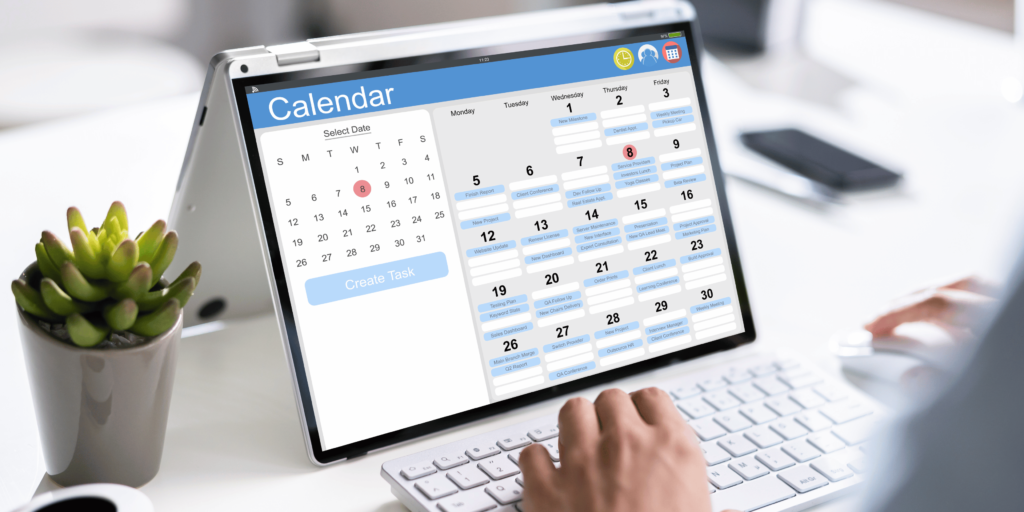
In the fast-paced digital world, developing a content strategy without a clear plan is like setting out on a journey without a map. A well-organized content strategy timeline is essential for keeping your content efforts on track, ensuring you meet your marketing goals, and maximizing the impact of your content.
At Be Bolder SEO, we understand that a content strategy timeline is not just about scheduling blog posts and social media updates. It’s about aligning your content with your broader business objectives, targeting the right audience, and consistently delivering high-quality content that drives results.
In this blog, we’ll walk you through a step-by-step approach to creating a content strategy timeline that works for your business. Whether you're looking to boost your SEO, engage your audience, or improve brand visibility, this guide will help you create a timeline that propels your content strategy forward.

Before diving into the details of your content timeline, it's essential to clearly define your content strategy goals. Without clear goals, your content will lack direction and fail to produce measurable results.
Ask yourself the following questions:
Be Bolder Tip: Ensure your goals are SMART—Specific, Measurable, Achievable, Relevant, and Time-bound. This will help you create focused and actionable goals that guide your content timeline.
Understanding your audience is the cornerstone of a successful content strategy. You need to know who you're creating content for, what their pain points are, and how your content can help solve their problems.
To do this, consider:
Once you have a clear understanding of your audience, you can tailor your content timeline to include topics, formats, and channels that resonate with them.
Be Bolder Tip: Use buyer personas to define the needs, behaviors, and challenges of your target audience, ensuring your content remains relevant and engaging.

With your goals and audience in mind, it’s time to dive into keyword and topic research. This step ensures that your content not only speaks to your audience but also targets the right search terms to help you rank on search engine results pages (SERPs).
Be Bolder Tip: Develop a content cluster strategy, where you create pillar content that covers broad topics and support it with detailed blog posts or resources that target specific keywords. This strategy will improve SEO and drive more traffic.
Now that you have a clear understanding of your audience and keywords, it’s time to decide on the types of content you will produce and the distribution channels you will use. The format and channels you choose should align with your audience’s preferences and your business objectives.
Some content formats to consider:
Consider using multiple channels to maximize your content’s reach. For example, you might share your blog posts on social media, repurpose content into videos or infographics, and distribute them via email newsletters.
Be Bolder Tip: Align content formats with your audience’s content consumption habits. For example, younger audiences may prefer video content, while professionals may engage more with long-form articles or case studies.

A content calendar is your visual roadmap for the timeline. It’s where you’ll schedule specific content pieces, deadlines, and publishing dates to keep everything organized.
To create a content calendar:
Be Bolder Tip: Use tools like Trello, Asana, or Google Calendar to manage your content calendar. These tools make it easy to track deadlines, collaborate with your team, and make adjustments if needed.
With your timeline and calendar in place, it’s time to focus on creating high-quality content. This step involves both content creation and optimization to ensure your content performs well across all channels.
Be Bolder Tip: Continuously test and refine your content. Monitor its performance in terms of traffic, engagement, and conversions, and make necessary adjustments to improve results.

A content strategy timeline is not a static document—it requires continuous monitoring and adjustment. Track your progress and measure the success of your content against the goals and KPIs you defined earlier.
Use analytics tools like Google Analytics, HubSpot, or SEMrush to track performance. Pay attention to:
Based on this data, adjust your content strategy timeline as needed to improve performance and stay on track with your business objectives.
Be Bolder Tip: Regularly revisit and update your content strategy timeline to account for changes in audience behavior, SEO trends, or business goals.
Creating an effective content strategy timeline is a powerful way to stay organized, focused, and efficient in your content creation efforts. By following these step-by-step instructions, you’ll be able to develop a timeline that aligns with your business objectives, resonates with your audience, and improves your search engine visibility.
At Be Bolder SEO, we believe that an effective content strategy timeline is one of the most valuable tools for long-term content success. If you’re ready to take your content to the next level, let us help you build a strategy that works for you!
Ready to be bolder with your content strategy? Start creating your timeline today and watch your SEO rankings and engagement soar!
